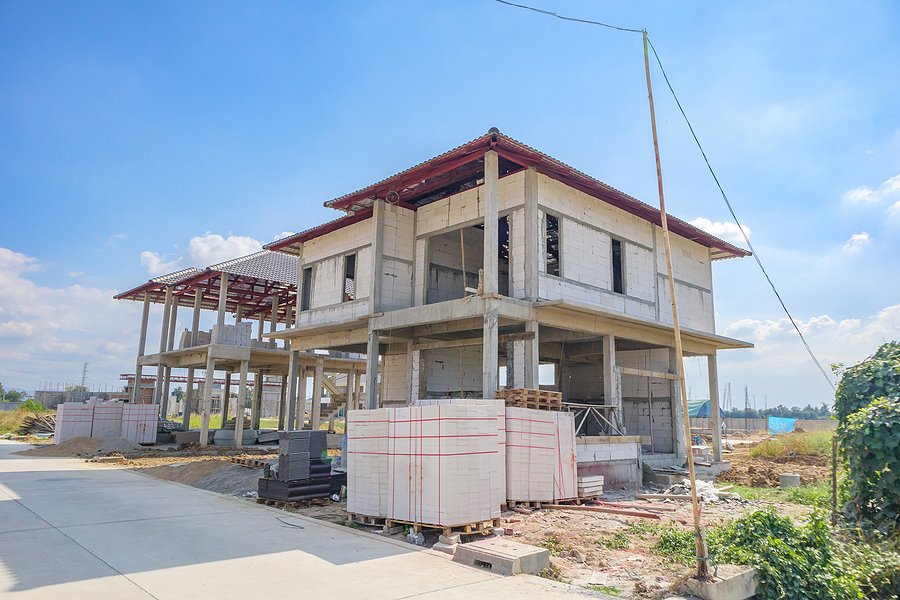March 23, 2023
In the world of real estate, the terms “buyer’s market” and “seller’s market” are commonly used to describe the state of the market. These terms are used to indicate whether the market is favorable to buyers or sellers. A buyer’s market is a situation where there are more properties for sale than buyers, while a seller’s market is a situation where there are more buyers than properties for sale. In this article, we will compare the differences between a buyer’s market and a seller’s market.
Supply and Demand
The primary difference between a buyer’s market and a seller’s market is the supply and demand of properties. In a buyer’s market, there are more properties available for sale than buyers, which gives buyers an advantage in negotiating the price. Buyers have a wide range of options to choose from, and sellers are more willing to negotiate on the price and other terms of the sale. In contrast, in a seller’s market, there are more buyers than properties for sale, which gives sellers an advantage in negotiations. Buyers are often competing against each other to purchase a limited number of properties, which can drive up prices and result in bidding wars.
Price
One of the most significant differences between a buyer’s market and a seller’s market is the price of the properties. In a buyer’s market, there is typically more inventory available, which can lead to lower prices. Sellers may be more willing to negotiate on the price to attract buyers, and buyers may be able to get a better deal on the property. In contrast, in a seller’s market, prices are generally higher due to the high demand from buyers. Buyers may need to pay more than the asking price to secure the property, and negotiating the price may not be an option.
Time on Market
Another difference between a buyer’s market and a seller’s market is the length of time that properties stay on the market. In a buyer’s market, properties can stay on the market for longer periods due to the increased supply and reduced demand. Sellers may have to wait for an extended period to find a buyer and may need to make price reductions to attract buyers. In contrast, in a seller’s market, properties tend to sell quickly due to the high demand from buyers. Sellers may receive multiple offers within a short period, and properties may sell above the asking price.
Negotiation
Negotiation is a critical aspect of the real estate market, and it plays a significant role in both buyer’s and seller’s markets. In a buyer’s market, buyers have the upper hand in negotiations, and sellers are more willing to make concessions to close the sale. Buyers may be able to negotiate a lower price, additional repairs, or other incentives to purchase the property. In contrast, in a seller’s market, sellers have the upper hand in negotiations, and buyers may need to make more significant concessions to secure the property. Buyers may need to offer above the asking price, waive contingencies, or make other concessions to close the deal.
Market Conditions
The conditions of the real estate market can vary depending on a range of factors, including the economy, interest rates, and housing supply. In a buyer’s market, the economy may be struggling, and there may be more foreclosures or distressed properties available for sale. Interest rates may also be low, making it easier for buyers to secure financing. In contrast, in a seller’s market, the economy may be strong, and there may be limited housing supply due to a shortage of new construction. Interest rates may also be higher, making it more difficult for buyers to secure financing.
Simply put, the differences between a buyer’s market and a seller’s market are significant and can have a significant impact on the real estate market.











